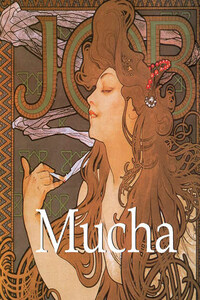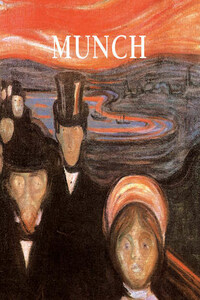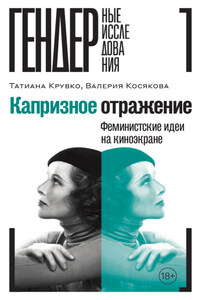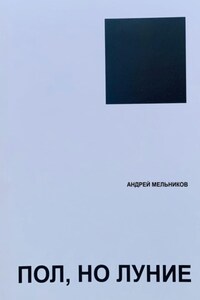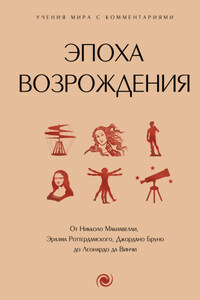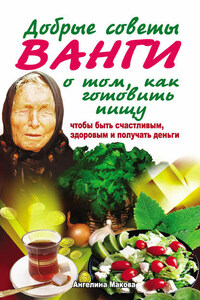1860
Alphonse Mucha is born on the 14th July in Ivancice, Moravia, a province of the Austro-Hungarian Empire. He is the son of a court usher and is brought up in keeping with the virtues of nationalism. He begins to draw at a young age.
1871
Mucha is a chorister at the Saint-Peter’s Cathedral in Brno, where he receives his secondary school education. It is there that he has his first revelation, in front of the richness of Baroque art. During the four years of studying there, he forms a friendship with Leos Janácek who would become the greatest Czech composer of his generation.
1877
He fails to enter the Academy of Art in Prague.
1879
Mucha finds work as an auxiliary in a firm of theatre designers in Vienna.
1881
Following a fire which ravages the Ringtheatre (the main client of the firm where he works) Mucha is dismissed from his job as a designer. He settles in the small town of Mikulov where he draws portraits. There he meets his first patron, Count Khuen, who invites him to decorate his castle with painted murals.
1884
Mucha studies art in Munich whilst carrying out work for Count Egon, brother of Count Khuen, in Tyrol.
1888
He moves to Paris, a city excited at the forthcoming Exposition Universelle.
Mucha enters the Julian Academy where he meets the Nabis group: Sérusier, Vuillard, Bonnard and Denis, but also Gauguin, with whom he shares a studio in 1893. He joins the Symbolist movement led by Puvis de Chavannes, Redon, Moreau and Huysmans.
1889
He draws his first illustrations for the reviews.
1894
Mucha creates Gismonda, his first poster for the actress Sarah Bernhardt and enters into a six-year contract with her. This turning point in his life puts him on the path to a career in decorating boards.
1900
He plans different pavilions for the Exposition Universelle, among which is the Bosnian-Herzegovinian. He works at the same time for Fouquet jewellers. This brings him projects for his boutique.
1904
Mucha leaves to settle in the United States.
1913
He returns definitively to his homeland and decides to dedicate himself to the painting of patriotic frescoes and to elaborate a collection named The Slav Epic.
1928
Mucha donates the twenty paintings of The Slav Epic to the Czech people and the City of Prague.
1936
An exhibition is dedicated to him as well as to his compatriot Frantisek Kupka at the Real Games Gallery.
1939
Alphonse Mucha dies of pneumonia on the 14th of July.
* * *
